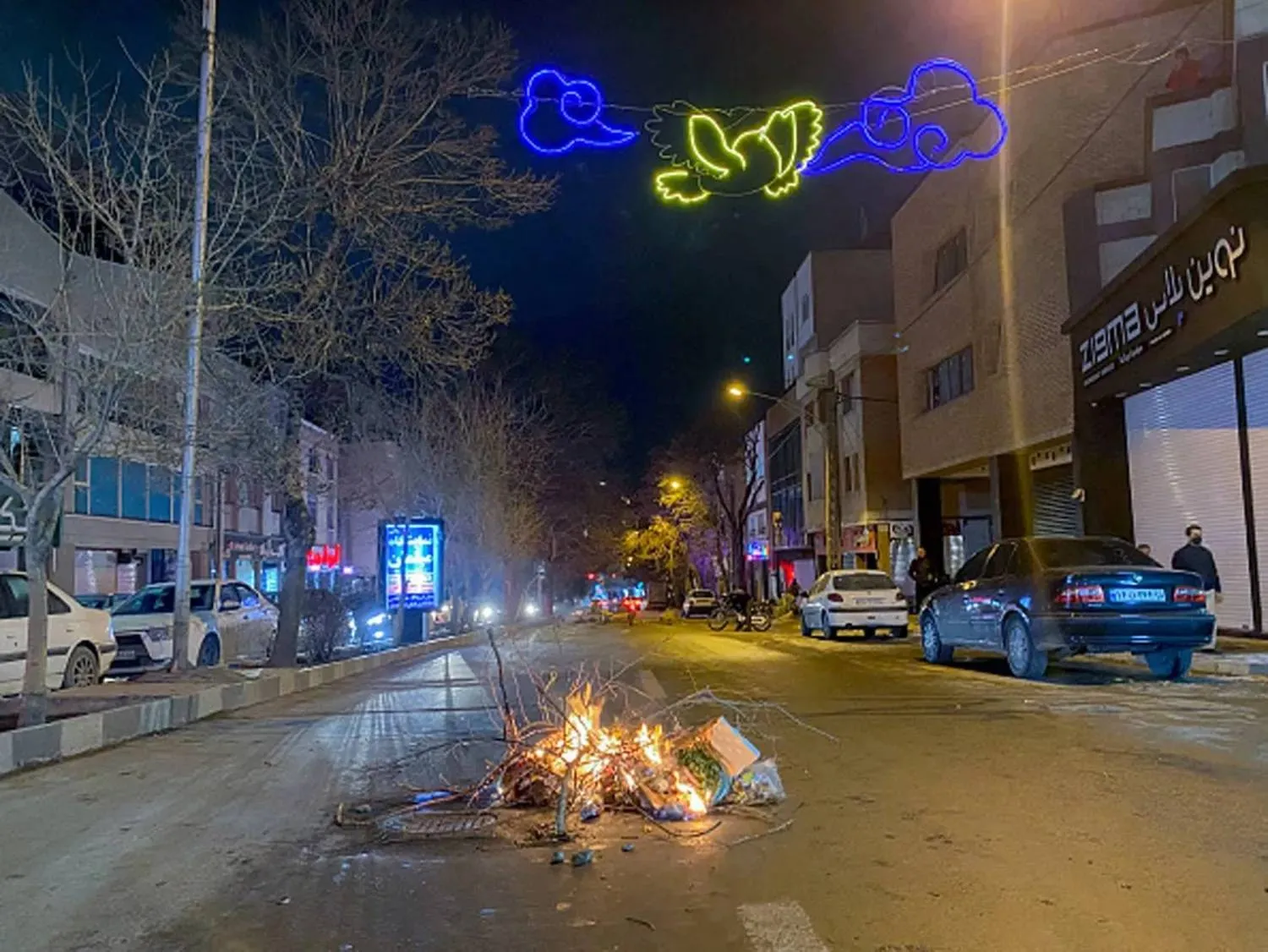Israel killed dozens of Palestinians on Saturday in an attempt to assassinate Mohammed Deif, leader of Hamas’ military wing, the Al-Qassam Brigades, alongside his deputy, the head of the Khan Younis brigade, Rafa Salama.
This is at least the seventh attempt in 30 years to eliminate Deif.
Israel awaits confirmation of Deif’s death, which, if confirmed, would be a significant propaganda victory during the current Gaza conflict. Hamas denies Israel’s claims, calling the incident another civilian massacre.
The potential success of this operation raises questions about its impact on the Al-Qassam Brigades, whose leaders have been targeted since Israel’s recent conflict escalation following the Oct.7 attacks.
Understanding Deif’s role is crucial—he is the second leader of the Al-Qassam Brigades, assuming his position after the assassination by the Israeli army of its former commander, Salah Shahada, on July 23, 2002.
However, he is widely regarded as the architect of the group’s significant military strength.
Sources informed Asharq Al-Awsat that shortly after assuming leadership of Al-Qassam Brigades, specifically in 2003, Deif swiftly obtained authorization from Hamas’ political leadership to establish a large military force, effectively an army, and immediately began implementation.
Despite numerous assassination attempts and the loss of many of his aides and family members, Deif has never ceased in his efforts, persisting in building this “large army” which has over the years become the foremost Palestinian force and to some extent, a deterrent against Israel.
Since the Oct. 7 attacks, Israel’s repeated attempts to assassinate Deif have intensified, following six previous failed efforts.
Deif’s ability to evade capture elevated him beyond his role in Hamas’ Al-Qassam Brigades to a symbol of Palestinian resilience.
Israel claims Deif was the driving force behind Hamas’ military strength and the mastermind behind their tunnel network.
His potential absence could impact morale within Al-Qassam Brigades.
Nevertheless, Al-Qassam Brigades have a history of displaying flexibility in their military structure.
For example, when Israel assassinated Ahmed Jabari, known as Hamas’ “Chief of Staff,” in 2012, Marwan Issa was immediately appointed as his successor. In the aftermath of the Oct.7 attacks, Israel killed Issa.
Al-Qassam Brigades have a comprehensive military structure encompassing military justice, manufacturing, oversight, support and combat weapons, operations, intelligence, internal front, human resources, and institutes and colleges.
If Israel succeeds in assassinating Deif and Salama, it would have eliminated nearly all members of the military council.
The exceptions include Mohammed Shabana, leader of the Rafah Brigade, Azzedine al-Haddad, commander of the Gaza Brigade, and the uncertain fate of Raed Saad, previously claimed to be assassinated by Israel without confirmation, along with Mohammed al-Sinwar, brother of Gaza’s Hamas leader Yahya al-Sinwar.
The Sinwar brothers are known to be close associates of Deif and are believed to be alive.
Despite the ongoing assassinations that have targeted 14 brigade commanders and other leaders across Gaza, Hamas sources suggest that if Deif is killed and the Sinwar brothers survive, Mohammed al-Sinwar is likely to take over leadership of the Al-Qassam Brigades.
According to Hamas sources, the brigades’ future leadership will be decided by the political bureau, adapting to the operational situation.
Operations will continue under a structure established since the fourth month of the ongoing conflict, with each brigade following a hierarchical command from the brigade commander down to unit leaders, factions, and other military groups.
Despite losing many political and military leaders over the years, including its founders, Hamas remains strong in Gaza.









